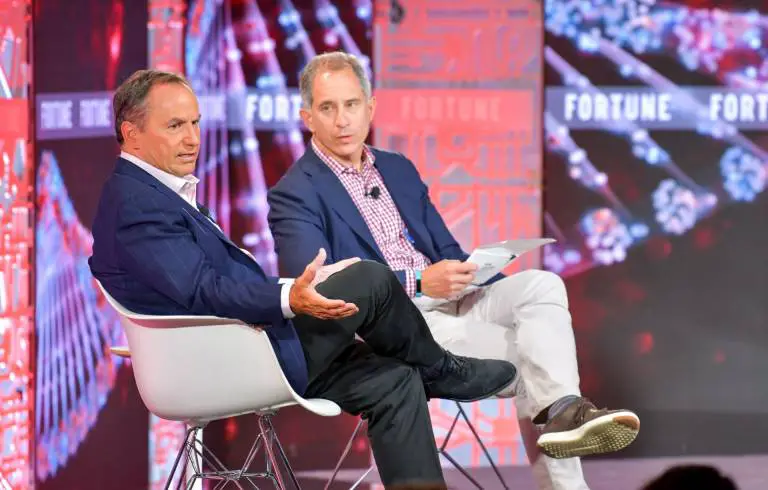Speaking at the Credit Suisse Annual Technology Conference, the Intel CEO Robert Swan illustrated his vision for Intel's future by stating a rather interesting concept: chasing a 90% share in the CPU sector could be detrimental to the company's growth.
Although at first this statement may turn up your nose, the intention is to make Intel the basis a company that focuses well beyond the CPU, capable of seizing the opportunities presented by the market.
In fact, Swan believes that thinking only of protecting market share in the traditional CPU sector does not adapt to times when the silicon market as a whole is much larger and potentially more profitable.
“We think we have a 30% share in an overall $ 230 billion silicon market which we believe will grow to $ 300 billion over the next four years. Frankly I'm trying to destroy the thought of aiming to have a 90% share within our company, I think it is limiting for our mentality, I believe it leads us not to grasp the technological transitions “.
“We lose opportunities because we are worried and busy in different ways to protect that 90% instead of seeing the market in a much wider way with the many innovations that are there, both within our walls and outside. So every morning we come to work with a 30% share in mind, with the expectation that in the coming years we will play an ever greater role in the success of our customers and not only thanks to the CPUs “.
Intel has its hands everywhere in the chip industry, so when it comes to the overall market, the CEO of Intel refers to GPUs, FPGAs, automotive solutions, specialized chips for artificial intelligence and much more, of course not forgetting the CPUs.
The strategy therefore seems to yield something on the traditional CPU front for focus on a broader overview to broaden Intel's horizons, its market opportunities and not make it too dependent on the performance of a single product (x86 CPUs for PC and servers).
Swan also talked about other topics during the conference. Regarding the CPU shortage, he explained that there are three basic problems: the first is the highest CPU demand of any forecast, the second was the choice to produce smartphone modems internally and the third is the delay in the transition to the 10 nanometer production process.
As for the last point, Swan reiterated what Intel had said on several occasions: the company had set itself process improvement goals that were a little too ambitious.
“In the transition from 14 to 10 nanometers we decided to raise the performance bar despite the physical laws had become more challenging. So from 22 to 14 we did not improve the density by 2 times, but by 2.4 times and that result gave us confidence to move to a scaling factor of up to 2.7 times in the passage from 14 to 10 nanometers, but when try to get more density and performance that's where you start to see the problem “.
With 7 nanometers (Swan speaks of first products in the fourth quarter of 2021) Intel will keep scaling two times, more in line with the historical trend. In the meantime, the company is already working on the 5 nanometer that Intel considers competitors of other manufacturers' 3 nanometer solutions.















